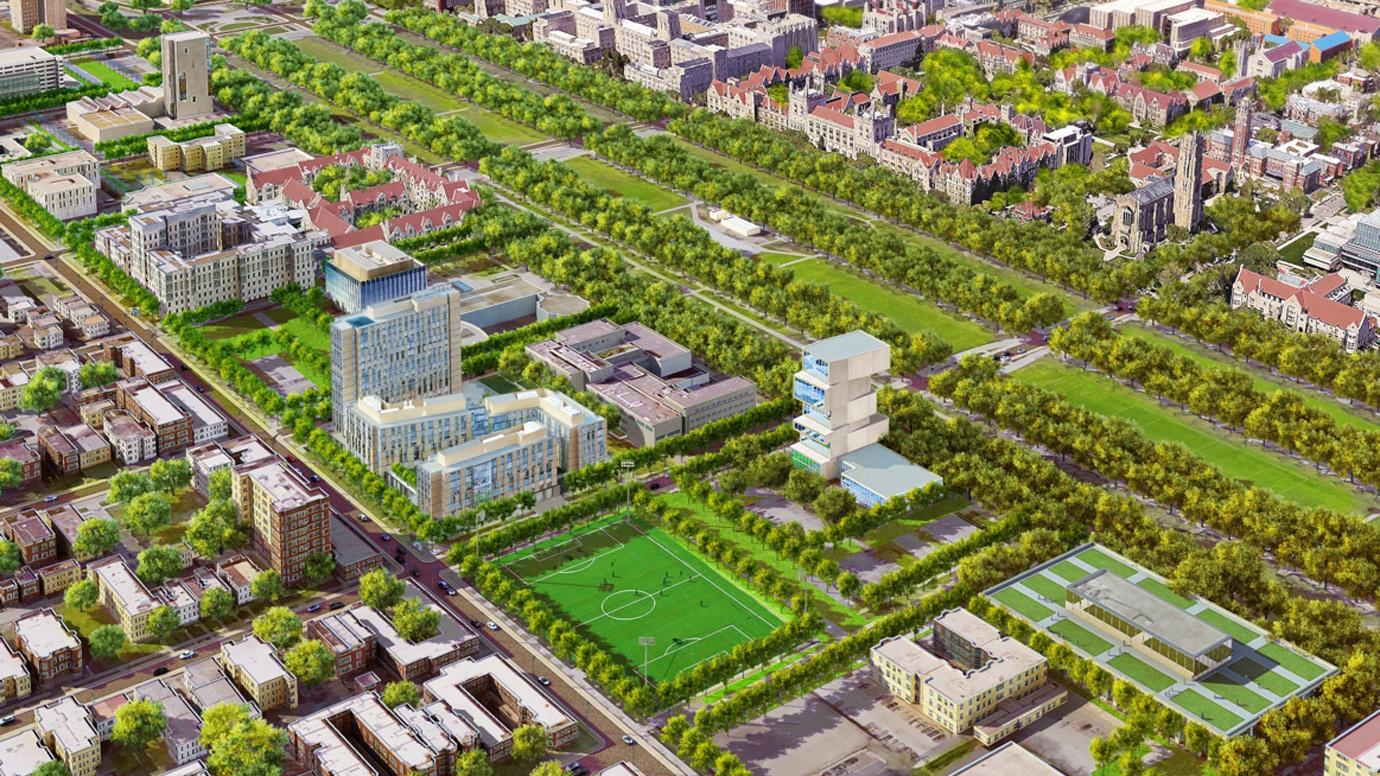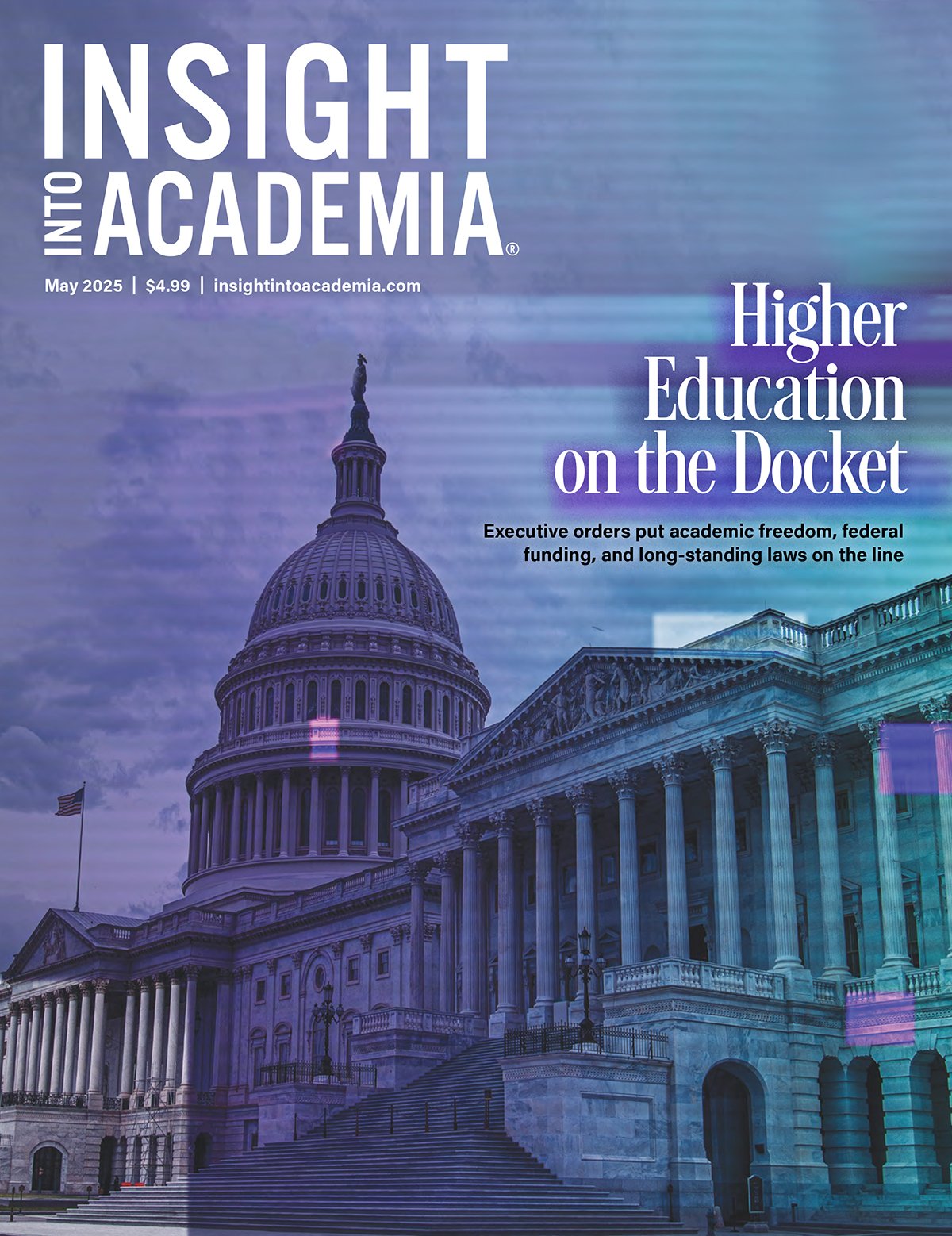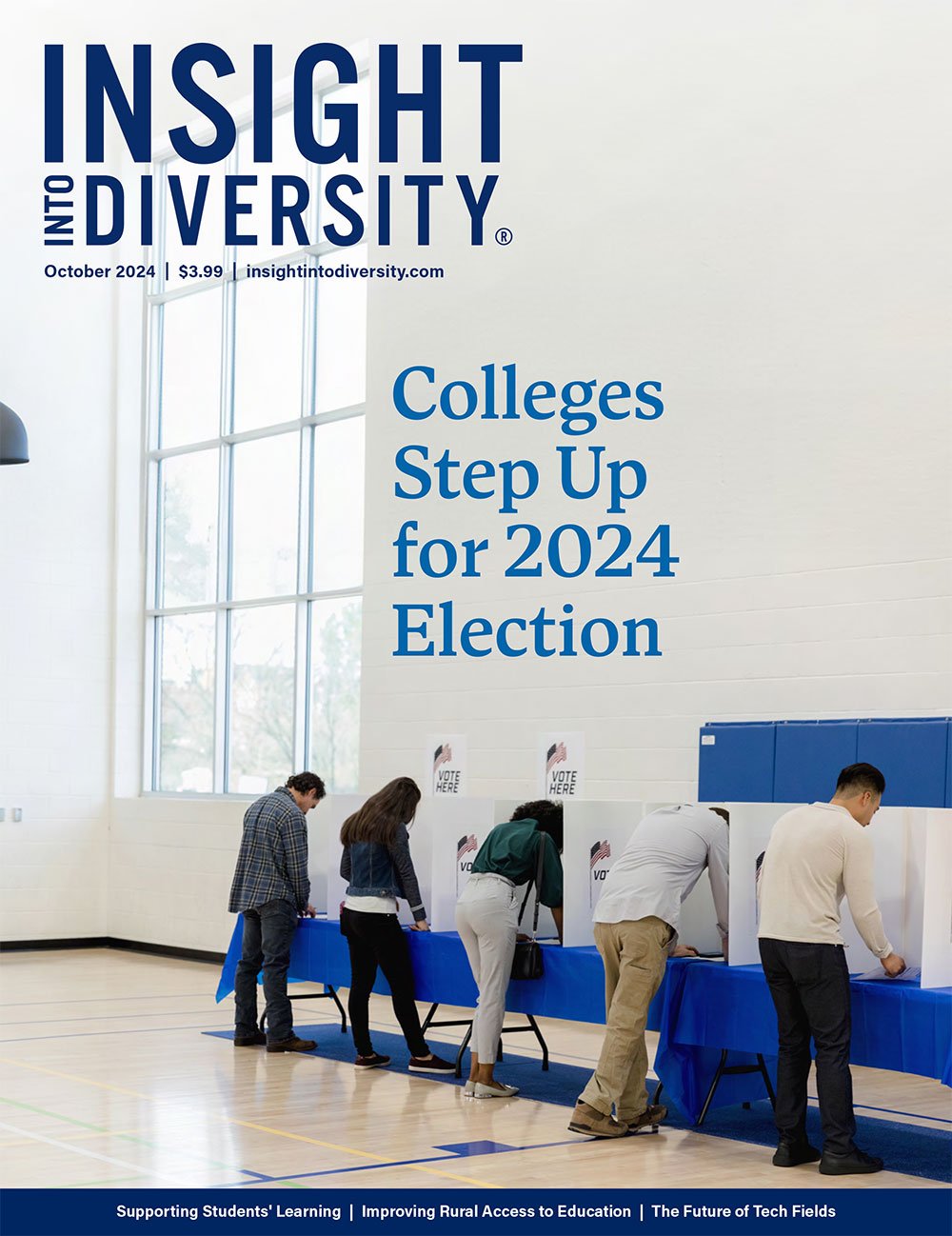When a university moves into a neighborhood, the relationship between the institution and the community should be mutually beneficial. However, the bond can become unrequited when higher education institutions invest in the community without regard to existing residents.
New businesses, youthful energy, cool eateries, and modern grocery stores in disinvested neighborhoods might not seem problematic and are often packaged as a facelift for the area. However, development can equate to a recipe for gentrification — a charged word that has been a debate topic on college campuses for decades.
A 2018 report by real estate listing service RENTCafé shows that when private universities expand into urban areas, gentrification often results, and longtime, low-income residents are often displaced.
Researchers analyzed data from the 2000 Census and the 2016 American Community Survey to determine which zip codes experienced the highest growth in median home value, median household income, and the number of people with at least a bachelor’s degree.
Although the report found universities are hotspots for gentrification, there are many causes behind the phenomenon. A 2015 report from researchers at the University of California Berkeley and UCLA found that quality K-12 schools, parks, open spaces, access to highways, and public transit were gentrification-inducing investments that increase home values.
John Joe Schlichtman, DePaul University assistant professor and author of Gentrifier, defines gentrification as the “reinvestment of real estate capital into disinvested and devalued neighborhoods in order to create a new residential and commercial infrastructure for middle- and high-income inhabitants.”
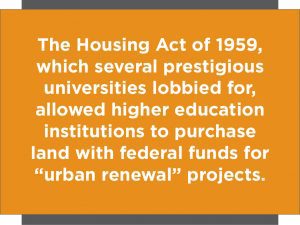 Schlichtman says universities have been complicit throughout the 20th century with regard to race and class segregation by moving into a community without doing their due diligence first.
Schlichtman says universities have been complicit throughout the 20th century with regard to race and class segregation by moving into a community without doing their due diligence first.
“It’s a university’s role to look ahead and educate rather than develop,” Schlichtman says. “It’s their role to ask, ‘What are the long-term effects on the community fabric and what are the long-term effects on the relationship between the university and the city?’”
Consider Columbia University (CU) in Harlem and University of Southern California (USC) in South Central Los Angeles. Though both universities have expanded their campuses into marginalized communities while simultaneously aggravating disparities among longtime residents, recent efforts by institutional leaders have made much headway in improving these relationships.
University of Southern California
In 2011, USC presented its $35 million Health Sciences Campus Master Plan that will roll out over the next 25 years. While press coverage of the plan describes it as an “expansion,” a USC spokesperson said new development will be built on land the university already owns and will not expand the institution’s footprint. But local residents say they’re still afraid they may be priced out.
In 2018, the Coalition Against Gentrification, an informal USC group composed of students, staff, and faculty, wrote a letter defending the working-class Black and Latinx residents who were served eviction notices after developers purchased seven buildings for $8.5 million.
The eviction notices stated the apartments would be remodeled and rented for USC students, according to the group. The buildings were not supported by a rent stabilization ordinance that could have protected the residents’ homes, the letter said.
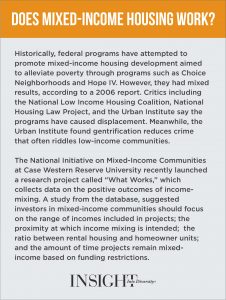 More recently, in April, activists and tenants organized a call-to-action to end the displacement in east and south Los Angeles due to landlords increasing rents, the Daily Trojan student newspaper reported. Tenants, many of them Spanish-speaking, had been served the notices as the university plans an expansion of its health and sciences campus. Meanwhile, local housing advocates have helped residents with legal advice on their tenant rights.
More recently, in April, activists and tenants organized a call-to-action to end the displacement in east and south Los Angeles due to landlords increasing rents, the Daily Trojan student newspaper reported. Tenants, many of them Spanish-speaking, had been served the notices as the university plans an expansion of its health and sciences campus. Meanwhile, local housing advocates have helped residents with legal advice on their tenant rights.
In a phone interview with INSIGHT, a USC spokesperson said the school does not blame any single entity for the displacement of residents and referred to gentrification as a sensitive topic.
However, the spokesperson said the school works to address the issue through its Housing Law Clinic, which is part of the civic engagement office. Community Services legal specialist Gloria H. Gonzalez says her sole role for the school is “empowering tenants to understand their rights to remain in their homes.”
The clinic takes action through education and eviction defense. All of the clinic’s services are free to the community, and expenses are covered by the university, Gonzalez says.
The school also invests over $35 million annually in community initiatives, provides support for neighborhood K-12 schools, offers community scholarships, raises more than $1 million for the community in donations, and has a hiring program for local residents. In addition, because of city contracts, USC paid over $300,000 in relocation assistance to small businesses, according to USC’s Annenberg Media.
Columbia University
More than a decade ago, Columbia broke ground on its Manhattanville project, a $6.3 billion, 17-acre campus expansion slated for completion in 2021.
During a 2017 dedication ceremony, university President Lee C. Bollinger said the expansion would boost Harlem’s economy. Indeed, the campus expansion brought to the community a wellness center, an education lab for K-12 schools, retail shops, restaurants, and The Synapse, which is a public interactive space to view the brain research conducted inside the building.
 The school invested over $578 million toward people of color, women, and locally-owned firms for construction-related work over for the project, and it generated more than 1,500 construction-related jobs annually, the New York Daily News reported in 2017. Under city contract, the school is also obligated to provide $20 million in affordable housing, up to $4 million in legal housing assistance, $20 million to the Harlem Community Development Corporation, and $76 million to fund community benefits.
The school invested over $578 million toward people of color, women, and locally-owned firms for construction-related work over for the project, and it generated more than 1,500 construction-related jobs annually, the New York Daily News reported in 2017. Under city contract, the school is also obligated to provide $20 million in affordable housing, up to $4 million in legal housing assistance, $20 million to the Harlem Community Development Corporation, and $76 million to fund community benefits.
In cooperation with New York City, Columbia also helped develop a comprehensive environmental impact review prior to the groundbreaking of the Manhattanville project.
Columbia once had a lengthy court battle for its use of eminent domain, which was ruled in their favor as constitutional.
The Importance of Working Together
USC’s Marshall School of Business was found to have caused the most gentrification in the past 16 years, according to the RENTCafé report.
Some schools provide community outreach offices and centers to focus on issues related to gentrification. The University of Chicago, which has caused significant gentrification in recent years, according to The Atlantic, recently engaged with community leaders in an effort to strengthen community development around employment, contracting, and housing, WBEZ Chicago reported in May.
The university, which plans to expand student housing into the south side of the city, considers the development a commitment to further educational and student success, according to a statement. The school also provides resources to the surrounding community through its civic engagement office.
When it comes to addressing gentrification, Schlichtman says an institution’s first step should be to focus on the people who are already in the neighborhood. If this step is not part of the conversation, all the solutions that follow are “divorced from reality,” Schlichtman says.
But universities also have the option to slowly build upon existing assets in their surroundings in a way that benefits both theirs and the community’s goals. This option is the most difficult and requires a true relationship with the community.
Mariah Stewart is a staff writer for INSIGHT Into Diversity.


